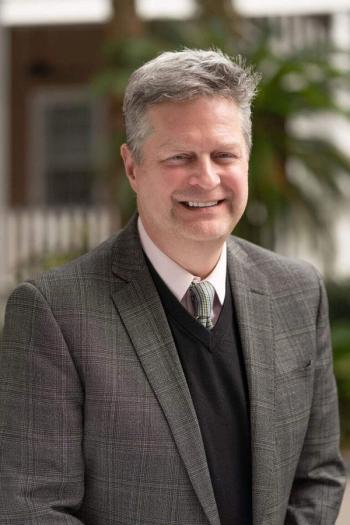
Maintaining Independence as a Group Practice Subsidiary
A new model gives practices the resources of a large health system, while allowing them to maintain autonomy.
Private practice physicians and administrators who want to maintain autonomy, while alleviating some of the worry about the cost of regulations and compliance on their business may want to memorize three letters: GPS
It has nothing to do with getting from point A to point B in your car. In this case, GPS stands for group practice subsidiary. It's an emerging model that integrates independent practices with local health systems, but allows for physician independence. In the model, rather than owning a practice directly, hospitals and health systems create a subsidiary which employs the physician practice. The subsidiary has its own tax ID number, board of directors (which is comprised of mostly physicians in the practice), and budget. It has access to many of the health system's resources, including its technology, health benefits package, and database, but has control over its own finances.
Curt Chase, JD, partner and chair of healthcare practice at Husch Blackwell in Kansas City, Shelly Tehven, practice administrator at Johnson County Pediatrics in Merriam, Kansas, and Jo Stueve, executive vice president and chief operating officer of The Children's Mercy Hospital in Kansas City, shared insight on the group practice subsidiary model with attendees of the annual Medical Group Management Association (MGMA) conference, held this year in Anaheim, Calif.
"Physicians are not employed by the hospital directly, so there is no co-mingling of revenue. Payers pay into the tax ID number of the subsidiary, the subsidiary pays into the cost and expenses of the employees and equipment, the benefits and so forth, and what's left is physician compensation," Chase said. "The hospital owns the subsidiary but doesn't subsidize it. Because the hospital doesn't subsidize it and because physicians are at risk for the bottom line margins, the physicians have to have control of that entity."
As such, physicians control the day-to-day operations of the group practice subsidiary. Along with maintaining autonomy, a benefit to the arrangement is they are able to participate in hospital payer contracts, which generates more revenue. Chase said this differs from clinically integrated networks, which have their own contracts with payers. Moreover, physician compensation isn't limited by "fair-market value," as it would in an employment agreement.
"In all of the deals I've done [for group practice subsidiaries], we've seen an increase in physician revenue of the contracts anywhere from 10 percent to 60 percent," Chase said.
Tehven said her independent, –nine-provider practice knew it needed to align with a local health system and looked for the right partnership opportunity. They didn't consider employment because the physicians didn’t want to lose their independence or the practice's identity. Originally, it joined a clinical integrated network, but the pace of developing it was too slow and since it was multispecialty, a lot of the components didn't affect the pediatric practice. The group practice subsidiary model ended up being the best fit.
"This particular model gave us the ability to partner with a very key health system in our community … it gave us access to additional technology, registry data that allows us to compete in a value-based world," she said. "It also helped physicians maintain their autonomy, which was the number one factor in our decision."
Another benefit to the group practice subsidiary model is that if physicians agree the arrangement isn't working out, they can easily unwind and go back to complete independence, said Chase. Having this safety net was another reason why Tehven's practice bought in. From the hospital's perspective, Stueve said the group practice model gave them a chance to get closer to pediatricians in the marketplace and strategically align on clinical issues. It also gives hospitals a chance to get close alignment with physicians on payer initiatives.
Not every practice would be a good candidate for the group practice subsidiary model. Chase said ideally, a practice should be generally successful, but looking for more stability; well managed but looking for synergies from a larger affiliation, and hospitals and physicians who are looking to proactively address new reimbursement models.
Newsletter
Optimize your practice with the Physicians Practice newsletter, offering management pearls, leadership tips, and business strategies tailored for practice administrators and physicians of any specialty.







